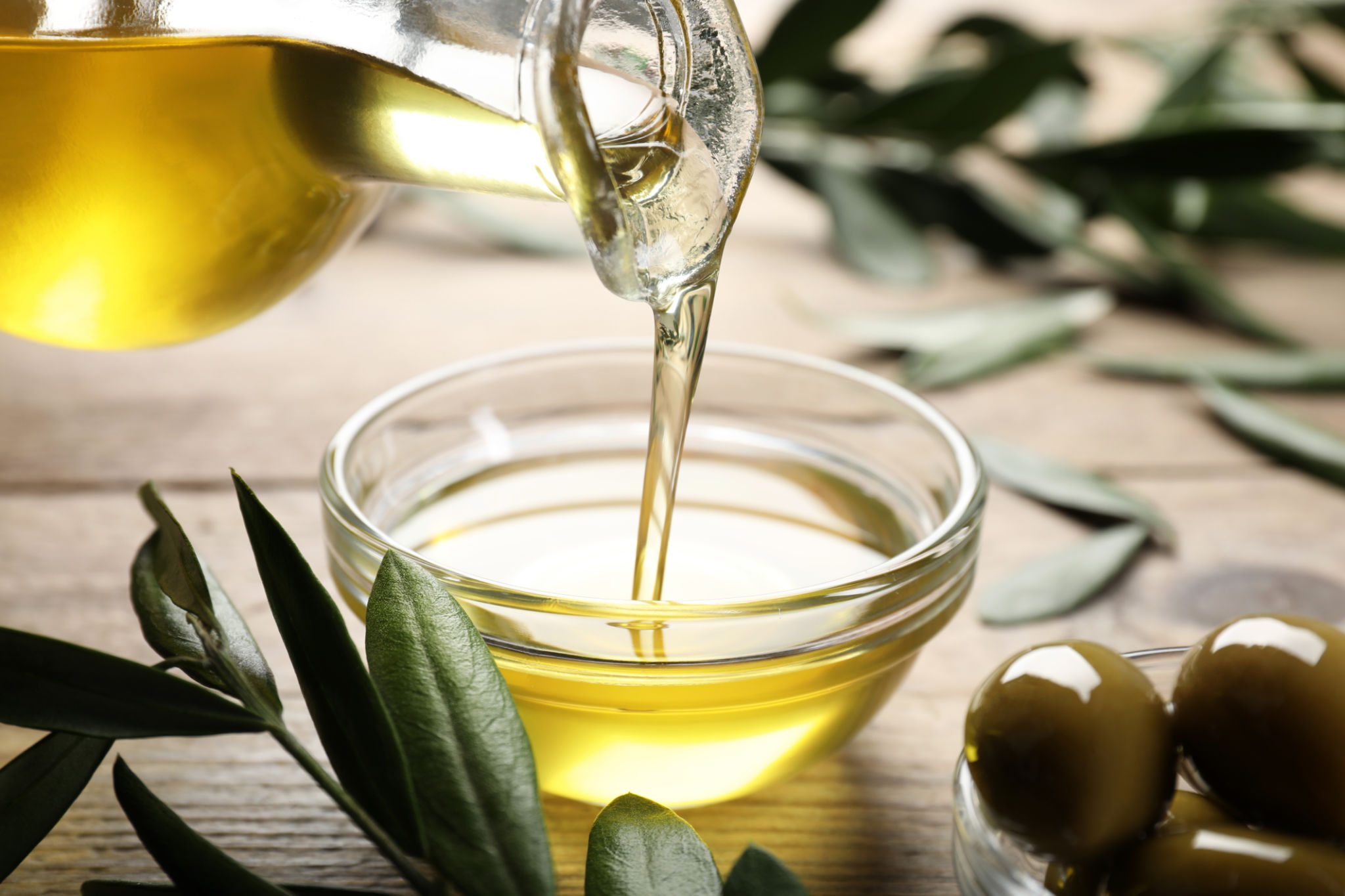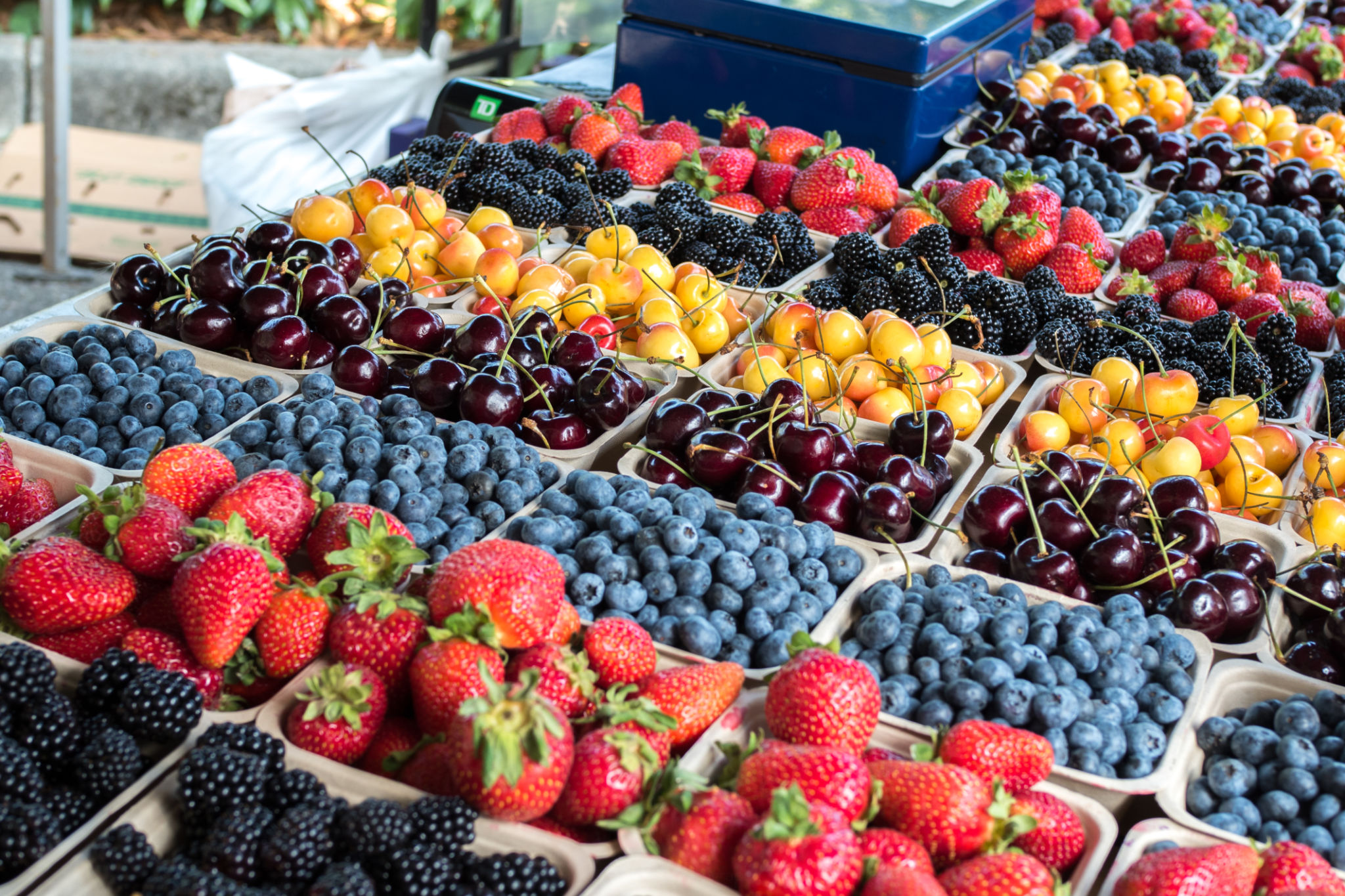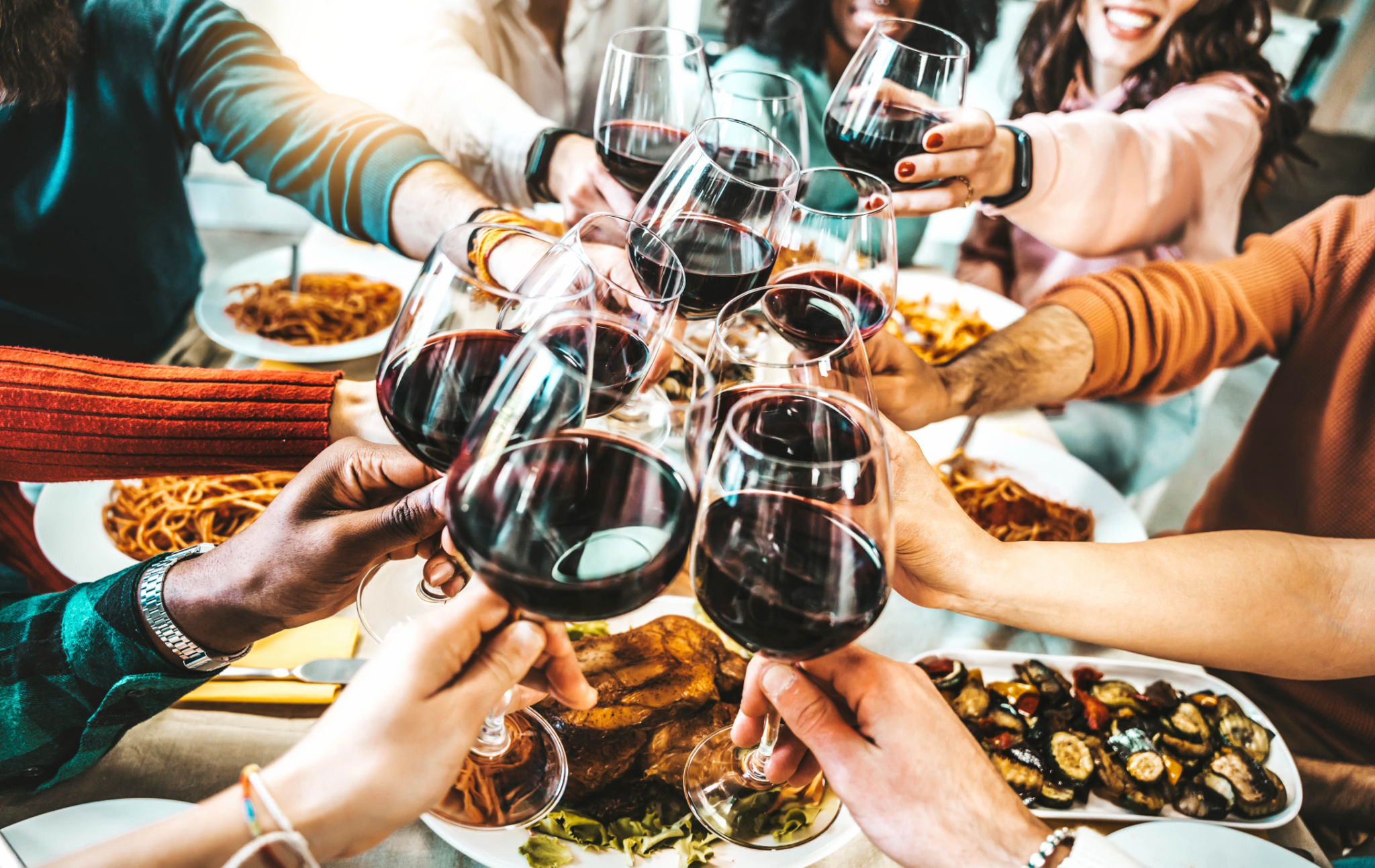The Impact of Tuscan Cooking on Local Cuisine: Insights from Montepulciano
Exploring the Roots of Tuscan Cooking
The culinary traditions of Tuscany have long been celebrated for their simplicity, heartiness, and reliance on fresh, local ingredients. This approach to cooking is deeply embedded in the culture and history of the region, influencing not only local cuisine but also culinary practices around the world. At the heart of this gastronomic heritage lies Montepulciano, a town that exemplifies the essence of Tuscan cooking.

Montepulciano, nestled in the rolling hills of Tuscany, is renowned for its robust wines and agricultural abundance. The town’s rich history and traditional cooking methods offer a unique insight into how Tuscan cuisine has shaped local culinary practices. Here, the focus is on natural flavors, with dishes crafted to highlight the quality of each ingredient.
Traditional Tuscan Ingredients
The foundation of Tuscan cooking lies in its ingredients. Staples such as olive oil, bread, beans, and fresh vegetables are at the core of many dishes. Montepulciano is no exception; its local cuisine showcases these elements in their purest form. The use of seasonal produce ensures that dishes are always fresh and flavorful.
Olive oil, often referred to as "liquid gold," is an essential component of Tuscan cooking. It is used not only in cooking but also as a dressing for salads and a dip for bread. The region’s bread, typically unsalted and known as pane sciocco, is another key element, providing a perfect accompaniment to hearty soups and stews.

Culinary Techniques and Traditions
Tuscan cuisine is characterized by its straightforward cooking techniques that allow the ingredients to shine. Grilling, roasting, and slow-cooking are common methods used to prepare dishes that are rich in flavor yet simple in preparation. In Montepulciano, traditional recipes are passed down through generations, preserving the authenticity of the region’s culinary heritage.
One of the most beloved dishes in this area is Pici, handmade pasta that is rolled by hand into thick strands. Served with a variety of sauces, from garlic and tomato to game-based ragùs, Pici exemplifies the rustic charm of Tuscan cooking.
Influence on Modern Local Cuisine
The impact of Tuscan cooking on modern local cuisine is evident in the emphasis on sustainability and farm-to-table practices. In Montepulciano, many restaurants and home kitchens alike prioritize sourcing ingredients from nearby farms and markets. This not only supports the local economy but also ensures the highest quality produce is used.

Additionally, the simplicity and honesty of Tuscan dishes inspire chefs to create menus that celebrate natural flavors without unnecessary embellishments. This approach has gained popularity worldwide, influencing how chefs and home cooks alike view food preparation.
The Role of Wine in Tuscan Cuisine
No discussion of Montepulciano’s culinary scene would be complete without mentioning its famed wines. The town's vineyards produce exceptional wines that are integral to its gastronomic identity. Vino Nobile di Montepulciano, a robust red wine, not only complements local dishes but also enhances their flavors.
Wine pairing is an art in Tuscany, with each meal thoughtfully accompanied by a suitable wine to elevate the dining experience. This tradition underscores the importance of wine in regional cuisine and highlights its role as a cornerstone of Tuscan culture.
Preserving a Culinary Legacy
The impact of Tuscan cooking on local cuisine is a testament to the enduring legacy of its culinary traditions. In Montepulciano, the commitment to preserving these practices can be seen in both everyday meals and special occasions. By cherishing these traditions, the town ensures that future generations will continue to enjoy and be inspired by authentic Tuscan flavors.

As more people become interested in sustainable and authentic food experiences, the influence of Tuscan cooking is likely to grow even further. Montepulciano stands as a beacon of this culinary philosophy, inviting everyone to savor its unique blend of history, culture, and flavor.
